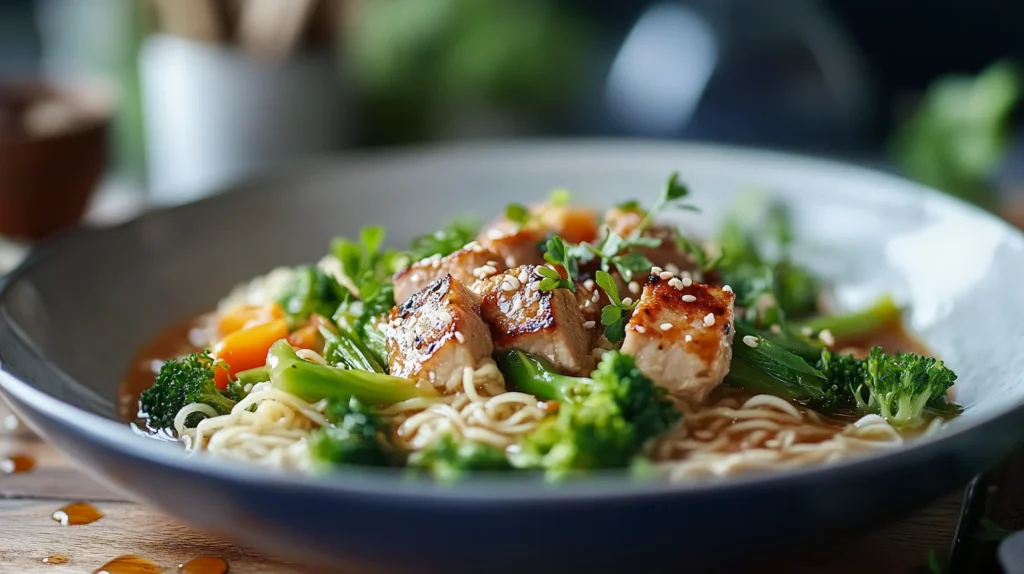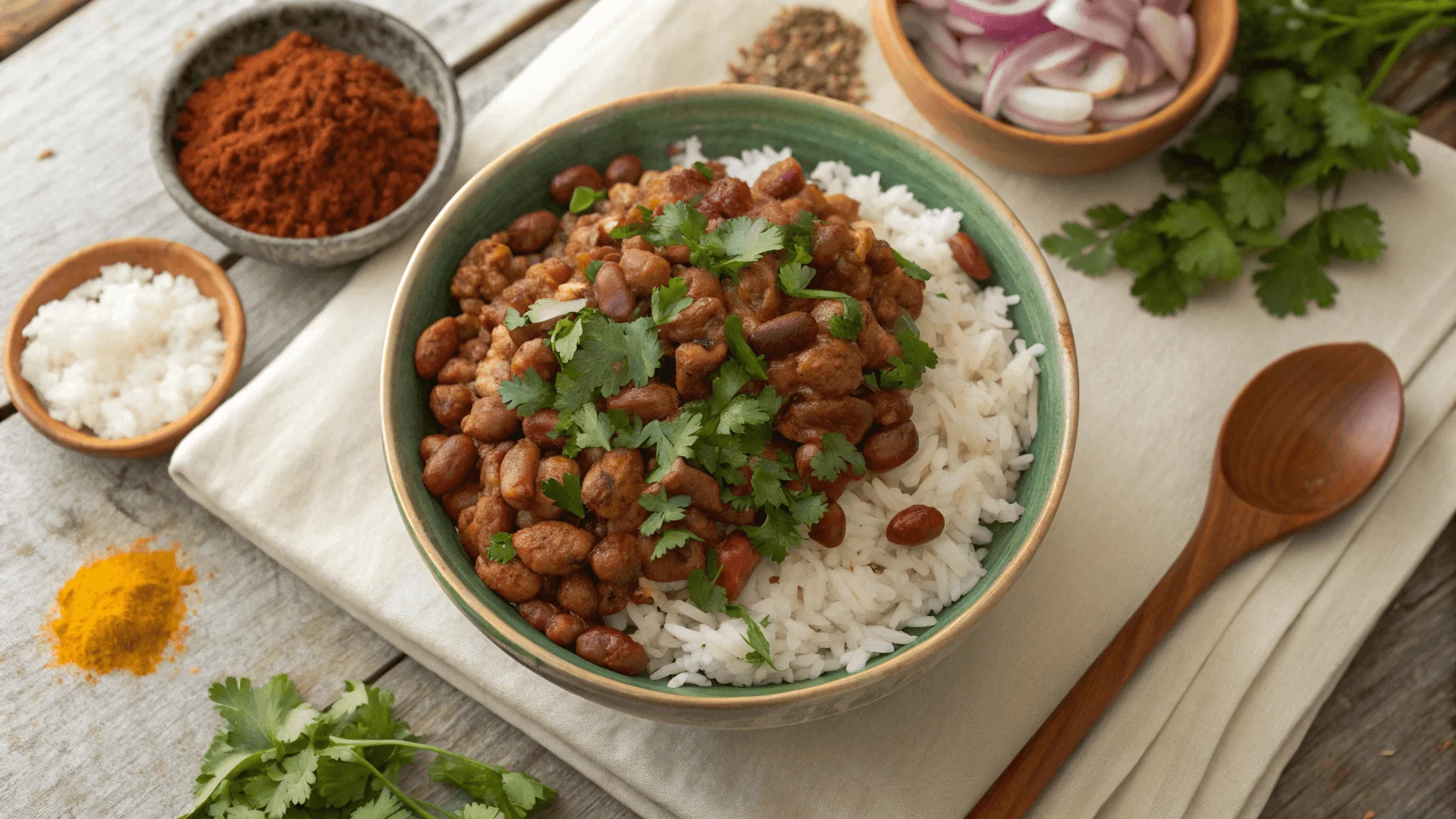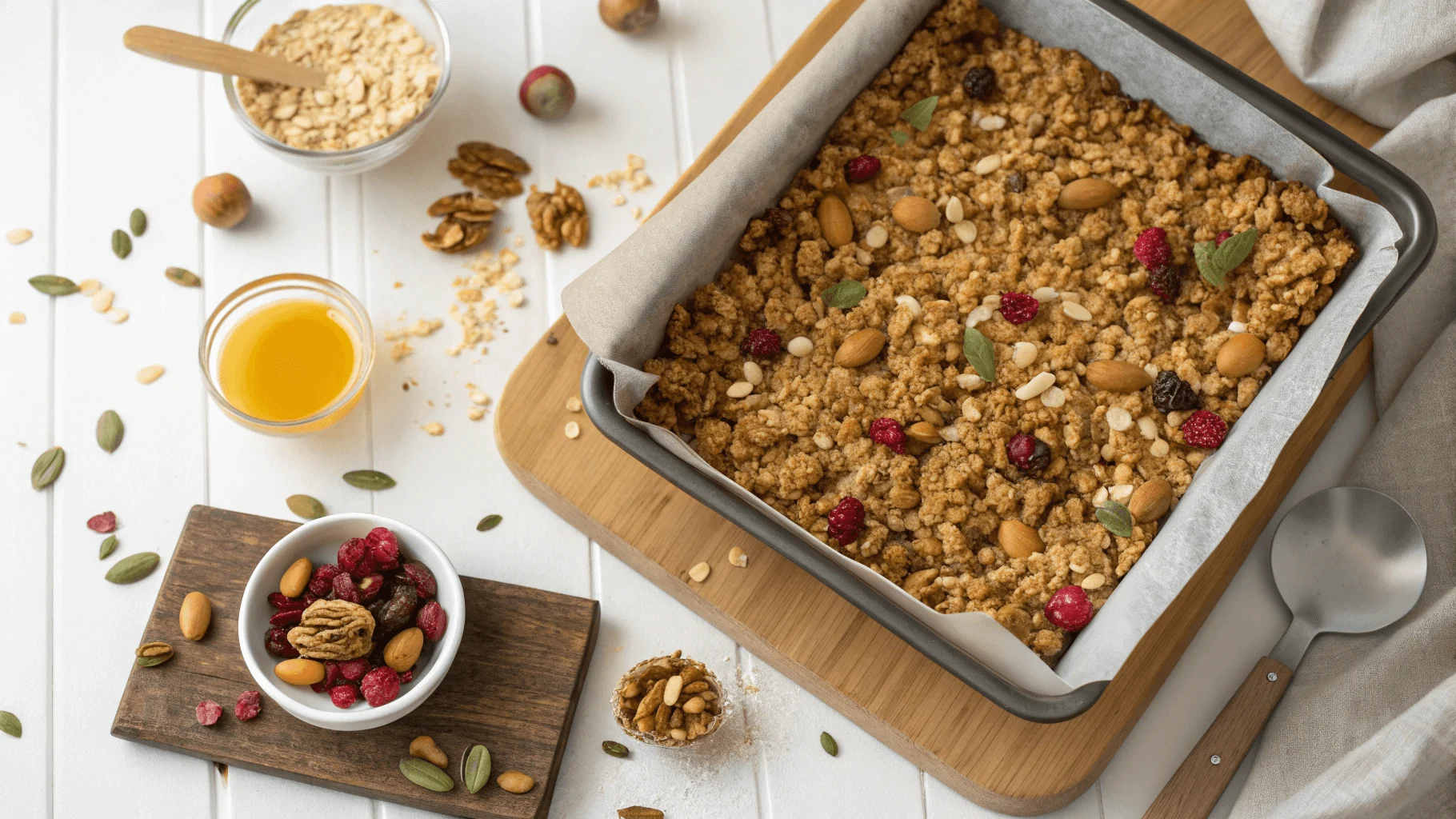When it comes to cooking, few dishes pose as much of a challenge as ramen. Known for its delicate balance of flavors, textures, and techniques, ramen has earned a reputation as one of the most complex and intricate dishes to prepare. Among the vast varieties of ramen, there are some considered the most difficult ramen to make, requiring skill, patience, and a deep understanding of the ingredients and techniques involved. In this article, we will dive into what makes ramen so challenging and explore the different elements that contribute to its complexity. From broth-making to perfecting the noodles and toppings, we will uncover what it takes to master the most difficult ramen and why it continues to captivate chefs and food enthusiasts alike.
The Complexity of Ramen: Unraveling the Challenge of Crafting the Most Difficult Ramen
The complexity of ramen lies in its combination of flavors, textures, and techniques. While a basic bowl of ramen might seem simple, the more intricate variations can be the most difficult ramen to master. Each component of the dish plays an important role, and achieving the right balance between them is no small feat. Broth, noodles, and toppings must all come together in harmony to create the perfect bowl. Furthermore, ramen-making involves many technical aspects, such as precise timing, temperature control, and ingredient selection. All these elements make it challenging, especially when aiming for the most difficult ramen, which demands a high level of expertise and attention to detail.
Learn how to overcome these challenges with insights shared in Master the Art of Ramen with Broccolini Pairings, Tips, and Variations.
The Art of Broth Making: The Crucial Element in Crafting the Most Difficult Ramen
Broth is the soul of ramen, and crafting the perfect one is no easy task. While there are different types of ramen broths, some, like tonkotsu, are particularly challenging. The process of creating the most flavorful and rich broth requires time, patience, and skill. Broths like tonkotsu require long hours of simmering to extract the maximum umami from pork bones. Furthermore, achieving the right consistency is a delicate process, as it should be creamy and rich without being overly greasy. Broth-making complexity separates the most difficult ramen from simpler versions, requiring time, skill, and an understanding of flavor layering.
Noodles: The Heart of Ramen and a Key Factor in the Most Difficult Ramen Variations
Noodles are an essential part of ramen, and making them from scratch is an art in itself. The noodles in the most difficult ramen vary in thickness, texture, and shape, depending on the regional style and broth. In a rich tonkotsu ramen, noodles must be firm enough to withstand the hearty, flavorful broth without becoming soggy. Achieving the perfect texture for ramen noodles involves a delicate balance of ingredients and kneading techniques. Overmixing or undercooking noodles can lead to undesirable texture, making them one of the most challenging elements in ramen-making. Therefore, mastering noodle-making is crucial for preparing the most difficult ramen.
Discover innovative ways to perfect your ramen in Make Ramen Noodles with Egg.
The Science Behind Flavor Balance: Perfecting the Flavor of the Most Difficult Ramen
The complexity of ramen’s flavor profile is what makes it so intriguing. Achieving the perfect balance between salty, savory, sweet, and umami flavors can be tricky. The broth, noodles, and toppings contribute to flavor, but their interaction is what makes the most difficult ramen stand out. The balance of tonkotsu broth, tare sauce, and green onions requires technical knowledge and an understanding of complementary flavors.
Mastering the Toppings: How Toppings Contribute to the Most Difficult Ramen
Toppings are the finishing touch to a bowl of ramen, and they are just as important as the broth and noodles. However, when it comes to the most difficult ramen, the toppings play an even more critical role. Each topping, from soft-boiled eggs to sliced chashu pork, must be precisely prepared to complement the other components. Even simple toppings like green onions and bamboo shoots must be sliced and seasoned correctly to elevate the ramen.
Explore creative topping pairings in Broccoli Goes Well in Ramen: A Guide.
Tonkotsu Ramen: The Pinnacle of Complexity in the Most Difficult Ramen Styles
Many consider tonkotsu ramen one of the most difficult ramen to prepare. The broth alone can take hours to prepare, as chefs simmer pork bones for an extended period to release collagen and fat, creating a rich and creamy texture. This process requires constant attention to maintain the perfect consistency and flavor. Additionally, chefs must perfectly match the noodles and toppings to the tonkotsu broth to create a harmonious dish. From the precise timing of each component to the careful assembly of the dish, tonkotsu ramen is truly the pinnacle of the most difficult ramen to master.
Regional Variations of Difficult Ramen: How Different Styles Contribute to the Most Difficult Ramen
Ramen is not just a dish but a cultural phenomenon, and its complexity can vary significantly across different regions of Japan. Each region takes its own unique approach to ramen, and some styles people consider the most difficult ramen to perfect.Hokkaido’s miso ramen requires a balanced mix of flavors, while Kyoto-style ramen often features a lighter, delicate broth. Understanding regional variations is key to mastering the intricacies of the most difficult ramen. Each region brings unique challenges, from ingredients to techniques, with its own approach to what makes ramen special.
Ingredients That Add Complexity: Key Ingredients in the Most Difficult Ramen Recipes
While broth, noodles, and toppings are the primary components of ramen, it’s the ingredients that add complexity to the dish. High-quality ingredients are essential for creating the most difficult ramen, and sourcing them can be a challenge in itself. For instance, the best tonkotsu broth requires top-quality pork bones, while miso ramen demands the perfect balance of fermented soybeans. Additionally, some ramen styles require unusual ingredients, such as seaweed, truffle oil, or specialty vegetables. Knowing where to find and how to use these ingredients is a crucial part of creating the most difficult ramen. Their unique flavors and textures help elevate the dish, making it more challenging to prepare but ultimately more rewarding.
The Role of Experience in Ramen Making
Experience plays a significant role in crafting the most difficult ramen. While the basic components of ramen can be learned by anyone, the nuances of creating the perfect bowl require years of practice. The broth must be simmered to the right consistency, the noodles must be cooked to perfection, and the toppings must be carefully prepared. Each of these elements requires a deep understanding of technique, which can only be gained through experience. Additionally, experience helps in troubleshooting issues that arise during the ramen-making process, such as adjusting the broth’s flavor or texture. It is the experienced ramen chef who can consistently produce the most difficult ramen and deliver a bowl that stands out.
The Impact of Presentation: How Presentation Elevates the Most Difficult Ramen
While taste is paramount in ramen, presentation is also important, especially when preparing the most difficult ramen. The appearance of a bowl of ramen can enhance the dining experience, and the way each component is arranged can elevate the overall dish. From the way the noodles are placed in the bowl to the careful arrangement of toppings, presentation is key in making a ramen dish that is both delicious and visually appealing. A well-presented bowl of ramen can showcase the skill of the chef and highlight the complexity of the dish, making it an essential aspect of the most difficult ramen.
Common Mistakes in Making Complex Ramen
Despite its complexity, ramen is a dish that many home cooks try to make. However, there are several common mistakes that can hinder the creation of the most difficult ramen. One of the most common mistakes is not properly balancing the flavors in the broth. If the broth is too salty or too bland, it can ruin the entire dish. Another common mistake is overcooking or undercooking the noodles, which can affect the texture and taste of the ramen. Lastly, improper timing in preparing the toppings can lead to poor presentation or flavors that don’t complement the broth. Avoiding these mistakes is crucial to successfully mastering the most difficult ramen.
Why Many Consider Tonkotsu the Hardest Ramen to Master
Tonkotsu ramen is often considered the most difficult ramen to master, and for good reason. The long hours of simmering pork bones to create a rich, creamy broth require patience and attention to detail. Moreover, the noodles and toppings must be perfectly balanced to complement the broth. The complexity of tonkotsu ramen lies not only in its ingredients but also in the precision required in each step of the preparation. From the selection of the pork bones to the timing of each component, every detail matters when preparing tonkotsu ramen. As a result, many chefs and home cooks alike consider tonkotsu the hardest ramen to perfect.
The History and Evolution of Ramen: Tracing the Roots of the Most Difficult Ramen
Ramen has a rich history that dates back to the late 19th century. Originally a Chinese dish, ramen was adapted and popularized in Japan, where it evolved into a cultural phenomenon. Over time, the dish became more complex, with regional variations and new techniques emerging. Today, ramen continues to evolve, with chefs experimenting with new ingredients, broths, and toppings. The history and evolution of ramen highlight the dish’s complexity and its ability to adapt to changing tastes and techniques. Understanding this history is essential for anyone looking to master the most difficult ramen and appreciate the dish’s place in global cuisine.
Tools and Equipment for Making Ramen
Making ramen requires specific tools and equipment to ensure the best results. A high-quality pot for simmering
the broth is essential, as well as a noodle strainer for cooking the noodles to perfection. Additionally, some ramen styles require specialized tools, such as a chashu cutter for slicing pork or a tare bottle for adding the seasoning. Having the right equipment can make the process of creating the most difficult ramen much easier and more efficient. While it is possible to make ramen with basic kitchen tools, the right equipment can take the dish to the next level and ensure that each component is prepared to perfection.
Cultural Significance of Ramen Around the World
Ramen has become more than just a dish; it is a symbol of Japanese culture and culinary ingenuity. As ramen has spread across the world, it has taken on new forms, incorporating local ingredients and flavors. However, despite these variations, the most difficult ramen remains deeply rooted in Japanese tradition. In Japan, ramen is more than just a meal; it is a social experience, a way to connect with others and showcase one’s culinary skills. Understanding the cultural significance of ramen can deepen one’s appreciation for the dish and its place in global cuisine. It also provides insight into why ramen, especially the most difficult varieties, continues to captivate food lovers worldwide.
How to Troubleshoot Ramen-Making Challenges
Even experienced chefs face challenges when making ramen. Troubleshooting issues that arise during the ramen-making process is an essential skill for anyone attempting to create the most difficult ramen. Common problems include an unbalanced broth, undercooked noodles, or toppings that don’t complement the dish. To troubleshoot these issues, it’s important to have a solid understanding of the ingredients and techniques involved. For example, if the broth is too salty, try adjusting the seasoning gradually. If the noodles are too soft, adjust the cooking time. Troubleshooting is a skill that improves with practice, and it’s crucial for successfully making the most difficult ramen.
Future Trends in Ramen Crafting: Innovations in the Most Difficult Ramen
As ramen continues to evolve, new trends are emerging that challenge traditional methods and introduce new techniques to the dish. From plant-based broths to the use of unique ingredients like truffles or international spices, the future of ramen is exciting and full of possibilities. These trends reflect the ongoing evolution of ramen and the desire to push the boundaries of what is possible in ramen-making. As chefs continue to experiment with new techniques and ingredients, the most difficult ramen may become even more complex and challenging, offering a new frontier for food enthusiasts and culinary professionals alike.
FAQs
- What makes tonkotsu ramen so difficult to make? The long simmering process required to create the rich, creamy broth, along with the precise balance of noodles and toppings, makes tonkotsu ramen one of the most difficult ramen to master.
- Can I make ramen at home? Yes, while making the most difficult ramen requires advanced techniques and equipment, it is possible to make ramen at home with the right tools and ingredients.
- What is the secret to a perfect ramen broth? The key to a perfect ramen broth is time, patience, and the right balance of ingredients. The broth should be rich, flavorful, and well-seasoned, with a consistency that complements the noodles and toppings.
Conclusion
Ramen, particularly the most difficult ramen, is a dish that requires skill, patience, and an understanding of flavors and techniques. From the art of broth-making to the complexity of noodles and toppings, every component plays a crucial role in creating the perfect bowl. By mastering these elements and understanding the challenges involved, chefs can create ramen that is not only delicious but also a true work of culinary art. Whether it’s the rich tonkotsu ramen or a regional variation, the journey to mastering ramen is one filled with challenges, rewards, and endless possibilities.






3 thoughts on “Mastering the Most Difficult Ramen: A Complete Guide”